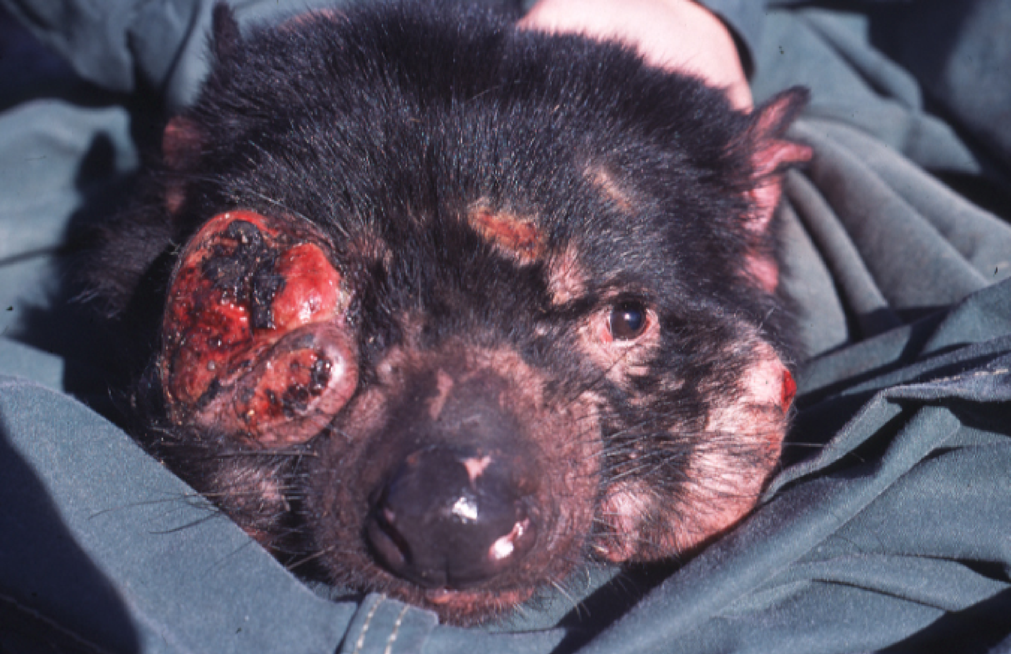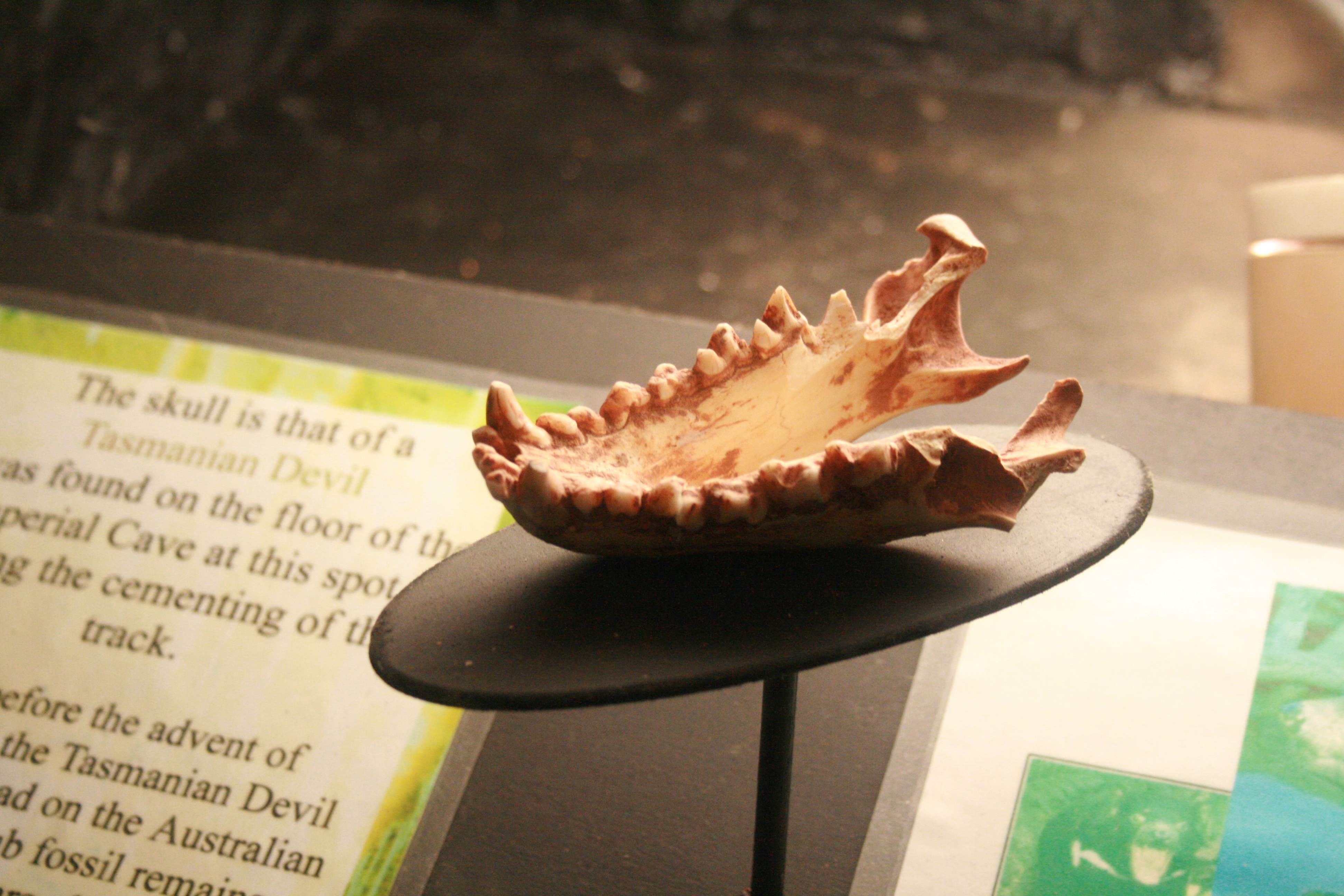|
Contagious Reticulum Cell Sarcoma
Contagious reticulum cell sarcoma is a reticulum-cell sarcoma found in Syrian hamsters that can be transmitted from one hamster to another. It was first described in 1945. Transmission from hamster to hamster can be through various mechanisms. It has been seen to spread within a laboratory population, presumably through gnawing at tumours and cannibalism. It can also be spread by means of the bite of the mosquito ''Aedes aegypti''. It is one of only three known transmissible cancers in mammals; the others are devil facial tumor disease, a cancer which occurs in Tasmanian devil The Tasmanian devil (''Sarcophilus harrisii'') (palawa kani: purinina) is a carnivorous marsupial of the family Dasyuridae. Until recently, it was only found on the island state of Tasmania, but it has been reintroduced to New South Wales in ...s, and canine transmissible venereal tumor in dogs and other canines. Unlike these other two, tumours with multiple, independent origins have been observed ... [...More Info...] [...Related Items...] OR: [Wikipedia] [Google] [Baidu] |
Sarcoma
A sarcoma is a malignant tumor, a type of cancer that arises from transformed cells of mesenchymal (connective tissue) origin. Connective tissue is a broad term that includes bone, cartilage, fat, vascular, or hematopoietic tissues, and sarcomas can arise in any of these types of tissues. As a result, there are many subtypes of sarcoma, which are classified based on the specific tissue and type of cell from which the tumor originates. Sarcomas are ''primary'' connective tissue tumors, meaning that they arise in connective tissues. This is in contrast to ''secondary'' (or "metastatic") connective tissue tumors, which occur when a cancer from elsewhere in the body (such as the lungs, breast tissue or prostate) spreads to the connective tissue. The word ''sarcoma'' is derived from the Greek σάρκωμα ''sarkōma'' "fleshy excrescence or substance", itself from σάρξ ''sarx'' meaning "flesh". Classification Sarcomas are typically divided into two major groups: bone sa ... [...More Info...] [...Related Items...] OR: [Wikipedia] [Google] [Baidu] |
Syrian Hamster
The golden hamster or Syrian hamster (''Mesocricetus auratus'') is a rodent belonging to the hamster subfamily, Cricetinae. Their natural geographical range is in an arid region of northern Syria and southern Turkey. Their numbers have been declining in the wild due to a loss of habitat from agriculture and deliberate elimination by humans. Thus, wild golden hamsters are now considered endangered by the International Union for Conservation of Nature. However, captive breeding programs are well-established, and captive-bred golden hamsters are often kept as small house pets. Syrian hamsters are larger than many of the dwarf hamsters kept as pocket pets (up to five times larger), and weigh about the same as a sugar glider, though the wild European hamster exceeds Syrian hamsters in size. They are also used as scientific research animals throughout the world. Characteristics The size of adult animals is around long, with a lifespan of 2–3 years. Body mass is usually i ... [...More Info...] [...Related Items...] OR: [Wikipedia] [Google] [Baidu] |
Aedes Aegypti
''Aedes aegypti'', the yellow fever mosquito, is a mosquito that can spread dengue fever, chikungunya, Zika fever, Mayaro and yellow fever viruses, and other disease agents. The mosquito can be recognized by black and white markings on its legs and a marking in the form of a lyre on the upper surface of its thorax. This mosquito originated in Africa, but is now found in tropical, subtropical and temperate regions throughout the world. Biology ''Aedes aegypti'' is a long, dark mosquito which can be recognized by white markings on its legs and a marking in the form of a lyre on the upper surface of its thorax. Females are larger than males. Microscopically females possess small palps tipped with silver or white scales, and their antennae have sparse short hairs, whereas those of males are feathery. ''Aedes aegypti'' can be mixed up with Aedes albopictus without a magnifying glass: The latter have a white stripe on the top of the mid thorax. Males live off fruit and only the ... [...More Info...] [...Related Items...] OR: [Wikipedia] [Google] [Baidu] |
Transmissible Cancer
A transmissible cancer is a cancer cell or cluster of cancer cells that can be transferred between individuals without the involvement of an infectious agent, such as an oncovirus. Transmission of cancer between humans is rare. The evolution of transmissible cancer has occurred naturally in other animal species, but human cancer transmission is rare. Humans In humans, a significant fraction of Kaposi's sarcoma occurring after transplantation may be due to tumorous outgrowth of donor cells. Although Kaposi's sarcoma is caused by a virus ( Kaposi's sarcoma-associated herpesvirus), in these cases, it appears likely that transmission of virus-infected tumor cells—rather than the free virus—caused tumors in the transplant recipients. In 2007, four people (3 women & 1 man) received different organ transplants (liver, both lungs and kidneys) from a 53-year-old woman who had recently died from intracranial bleeding. Before transplantation, the organ donor was deemed to have no signs of ... [...More Info...] [...Related Items...] OR: [Wikipedia] [Google] [Baidu] |
Mammal
Mammals () are a group of vertebrate animals constituting the class (biology), class Mammalia (), characterized by the presence of mammary glands which in Female#Mammalian female, females produce milk for feeding (nursing) their young, a neocortex (a region of the brain), fur or hair, and three ossicles, middle ear bones. These characteristics distinguish them from reptiles (including birds) from which they Genetic divergence, diverged in the Carboniferous, over 300 million years ago. Around 6,400 extant taxon, extant species of mammals have been described divided into 29 Order (biology), orders. The largest Order (biology), orders, in terms of number of species, are the rodents, bats, and Eulipotyphla (hedgehogs, Mole (animal), moles, shrews, and others). The next three are the Primates (including humans, apes, monkeys, and others), the Artiodactyla (cetaceans and even-toed ungulates), and the Carnivora (cats, dogs, pinniped, seals, and others). In terms of cladistic ... [...More Info...] [...Related Items...] OR: [Wikipedia] [Google] [Baidu] |
Devil Facial Tumor Disease
Devil facial tumour disease (DFTD) is an aggressive non-viral clonally transmissible cancer which affects Tasmanian devils, a marsupial native to Australia. DFTD was first described in 1996. In the subsequent decade the disease ravaged Tasmania's wild devils. Affected high-density populations had up to 100% mortality in 12–18 months. Between 1996 and 2015, DFTD wiped out 95% of affected populations. Clinical signs There is often more than one primary tumour. Visible signs of DFTD begin with lumps of soft tissue around the mouth, which ulcerate. Tumours are locally aggressive, destroying the underlying bone of the jaw which interferes with feeding. Tumours may also cover the eyes. Devils usually die within six months from organ failure, secondary infection, or metabolic starvation. DFTD is rare in juveniles. It affects males and females equally. Transmission The most plausible route of transmission is through biting, particularly when canine teeth come into direct contact with ... [...More Info...] [...Related Items...] OR: [Wikipedia] [Google] [Baidu] |
Tasmanian Devil
The Tasmanian devil (''Sarcophilus harrisii'') (palawa kani: purinina) is a carnivorous marsupial of the family Dasyuridae. Until recently, it was only found on the island state of Tasmania, but it has been reintroduced to New South Wales in mainland Australia, with a small breeding population. The size of a small dog, the Tasmanian devil became the largest carnivorous marsupial in the world following the extinction of the thylacine in 1936. It is related to quolls, and distantly related to the thylacine. It is characterised by its stocky and muscular build, black fur, pungent odour, extremely loud and disturbing screech, keen sense of smell, and ferocity when feeding. The Tasmanian devil's large head and neck allow it to generate among the strongest bites per unit body mass of any extant predatory land mammal. It hunts prey and scavenges on carrion. Although devils are usually solitary, they sometimes eat and defecate together in a communal location. Unlike most other da ... [...More Info...] [...Related Items...] OR: [Wikipedia] [Google] [Baidu] |
Canine Transmissible Venereal Tumor
A canine transmissible venereal tumor (CTVT), also known as a transmissible venereal tumor (TVT), canine transmissible venereal sarcoma (CTVS), sticker tumor and infectious sarcoma, is a histiocytic tumor of the external genitalia of the dog and other canines, and is transmitted from animal to animal during mating. It is one of only three known transmissible cancers in mammals; the others are devil facial tumor disease, a cancer which occurs in Tasmanian devils, and contagious reticulum cell sarcoma of the Syrian hamster. The tumor cells are themselves the infectious agents, and the tumors that form are not genetically related to the host dog. Although the genome of a CTVT is derived from an individual canid (specifically from a population of Native American dogs with coyote contribution), it is now essentially living as a unicellular, asexually reproducing (but sexually transmitted) pathogen. Sequence analysis of the genome suggests it diverged from canids over 6,000 years a ... [...More Info...] [...Related Items...] OR: [Wikipedia] [Google] [Baidu] |
Types Of Animal Cancers
Type may refer to: Science and technology Computing * Typing, producing text via a keyboard, typewriter, etc. * Data type, collection of values used for computations. * File type * TYPE (DOS command), a command to display contents of a file. * Type (Unix), a command in POSIX shells that gives information about commands. * Type safety, the extent to which a programming language discourages or prevents type errors. * Type system, defines a programming language's response to data types. Mathematics * Type (model theory) * Type theory, basis for the study of type systems * Arity or type, the number of operands a function takes * Type, any proposition or set in the intuitionistic type theory * Type, of an entire function ** Exponential type Biology * Type (biology), which fixes a scientific name to a taxon * Dog type, categorization by use or function of domestic dogs Lettering * Type is a design concept for lettering used in typography which helped bring about modern textual printin ... [...More Info...] [...Related Items...] OR: [Wikipedia] [Google] [Baidu] |




_(14784705963).jpg)